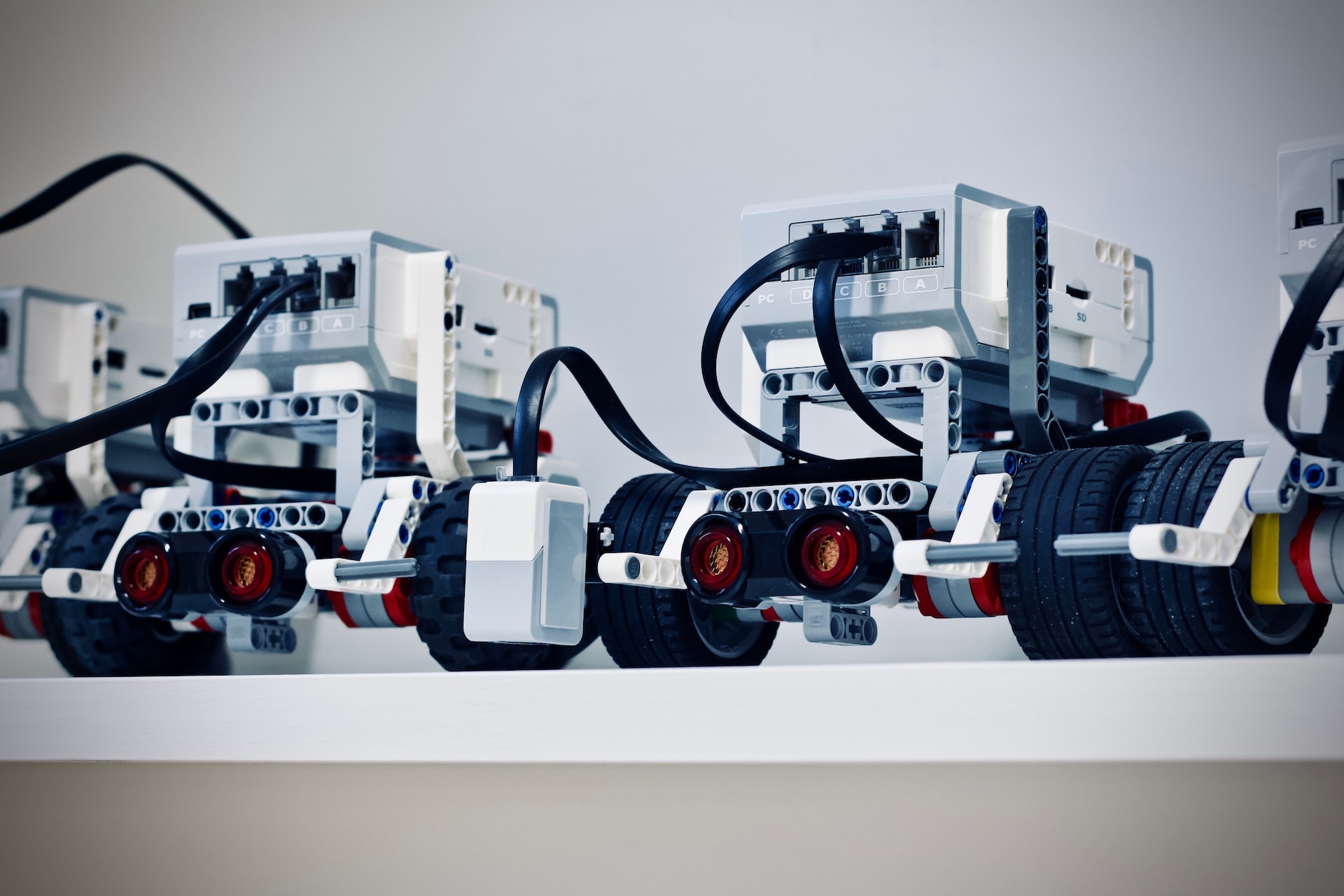10 Mind-Blowing Robotics Breakthroughs of the Last Decade

The past decade has seen rapid advancements in the field of robotics, with numerous breakthroughs and innovations that have changed the way we view and interact with robots. From human-like robots that can perform complex tasks to AI-powered robots that can make decisions on their own, the last 10 years have seen some truly mind-blowing robotics breakthroughs.
Boston Dynamics’ Humanoid Robots
One of the most impressive breakthroughs in robotics in recent years has been the development of humanoid robots by Boston Dynamics. These robots are designed to resemble humans in their physical form and movements, and they are capable of performing a wide range of tasks, including climbing stairs, picking up objects, and even dancing. Boston Dynamics has developed several humanoid robots over the years, including the Atlas, SpotMini, and Handle robots, each of which is designed for a specific purpose.
AI-Powered Robots
Another major breakthrough in robotics over the past decade has been the integration of AI into robots. AI-powered robots are capable of making decisions on their own, based on data they have been trained on, and they can even learn and adapt to new situations over time. This has led to the development of robots that can perform complex tasks, such as handling delicate objects and making judgments based on their environment.
Autonomous Drones
Autonomous drones have been one of the most popular applications of robotics technology in recent years. These drones are capable of flying without a human pilot and can be programmed to fly to specific locations and perform specific tasks, such as capturing images or delivering packages. Autonomous drones have been used for a wide range of purposes, from delivering medical supplies to remote areas to conducting surveys and inspections.
Social Robots
Social robots are a relatively new type of robot that are designed to interact with humans in a social and emotional way. These robots are equipped with advanced sensors and cameras, allowing them to detect and respond to human emotions and movements, as well as perform tasks such as providing information, entertainment, and even companionship. Social robots have been used in a variety of settings, including schools, homes, and care facilities.
Soft Robots
Soft robots are a new type of robot that are made from flexible materials, such as silicone and rubber, rather than traditional rigid materials like metal and plastic. Soft robots have several advantages over traditional robots, including their ability to move and adapt to their environment in a way that is more similar to living organisms. They are also safer to be around, as they are less likely to cause injury in the event of a collision.
Collaborative Robots
Collaborative robots, also known as cobots, are a type of robot that are designed to work alongside humans in a shared environment. Cobots are equipped with advanced safety features, allowing them to work alongside humans without posing a risk to their safety. This has opened up new opportunities for human-robot collaboration in a wide range of industries, from manufacturing and assembly to healthcare and education.
Underwater Robots
Underwater robots, or autonomous underwater vehicles (AUVs), have been used for a wide range of applications over the past decade. These robots can be programmed to dive to specific depths and perform specific tasks, such as mapping the ocean floor, collecting data, and even exploring sunken ships. The use of underwater robots has revolutionized our understanding of the ocean and opened up new opportunities for exploration and discovery.
Augmented Reality Robots
As technology advances, so does the way we interact with our devices and the world around us. Augmented Reality (AR) has become a popular buzzword in recent years, and it’s easy to see why. AR allows users to enhance their real-world experience by adding digital information, such as graphics, animations, or sound, to the physical environment.
One of the most exciting applications of AR technology is in the field of robotics. Augmented Reality robots are becoming increasingly popular for a variety of tasks, ranging from entertainment to education and beyond. These robots can be programmed to interact with users in real-time, making the experience of interacting with them much more immersive and engaging.
In conclusion, the advancements in robotics technology in the last decade have been truly remarkable. From robots powered by artificial intelligence to those equipped with augmented reality, the possibilities for robotics seem endless. As we move forward, it’s clear that robots will play an increasingly important role in shaping our world, and it will be exciting to see what new breakthroughs the future holds.





